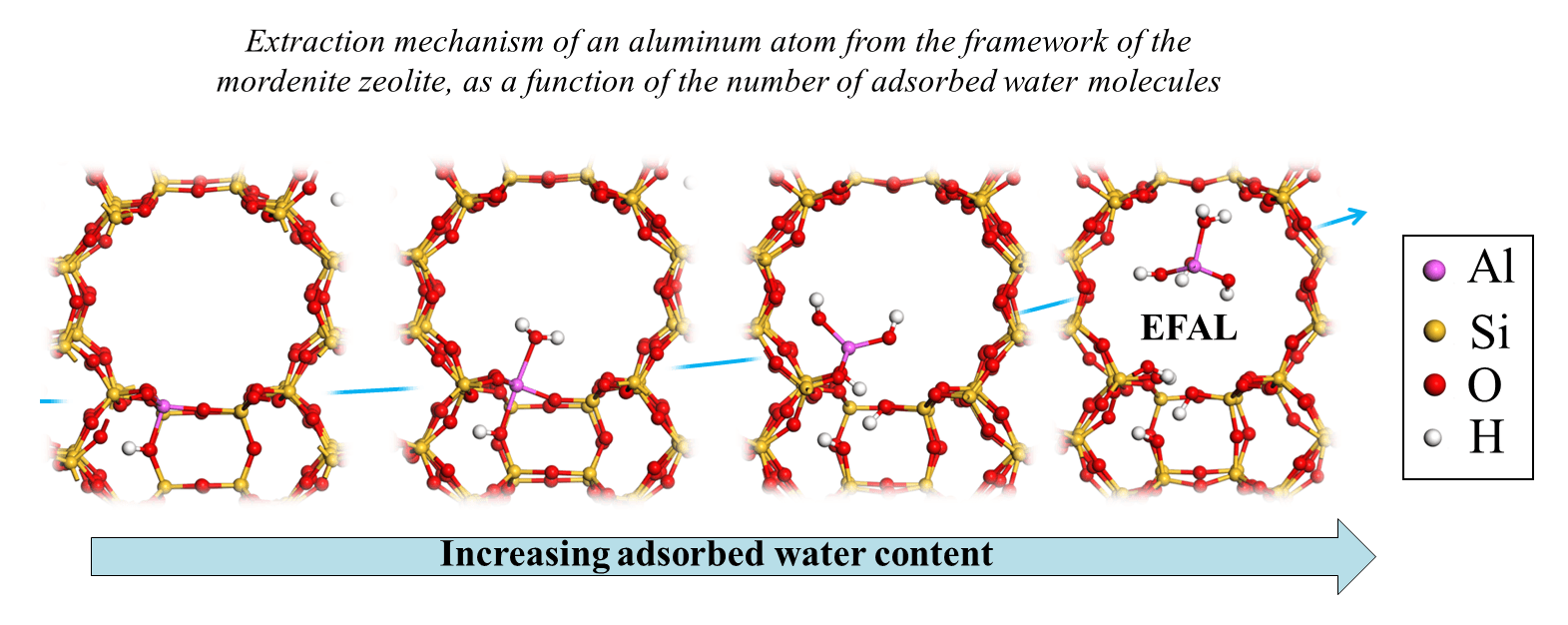

We identified the best SACs as Sc-Pc, Cr-N4, Mn-Pc, and Fe-N2C2 these show eNRR selectivity over the HER and no hydrogen poisoning. We illustrate this by application to 66 model catalysts of the types, TM-Pc, TM-NXCY, and TM-N3, where TM is a 3d transition metal or molybdenum. We present a systematic approach toward screening single atom catalysts (SACs) for the eNRR, by focusing on key parameters computed from density functional theory and relationships between them. The electrochemical nitrogen reduction reaction (eNRR) offers the possibility of ammonia synthesis under mild conditions however, it suffers from low yields, a competing hydrogen evolution reaction pathway, and hydrogen poisoning. The concept of modifying the surface electronic properties of an electrocatalyst via stable polymer modification offers an additional route to tune multipathway reactions in polymer/electrocatalyst environments, like with ionomer-modified catalysts or with membrane electrode assemblies. It is shown that the electron-withdrawing character of the surface fluorocarbon molecule leaves a slight positive charge on the water oxidation intermediates at the adjacent active nickel sites, making their bonds weaker. We show that when a nickel oxide water oxidation catalyst is coated with polytetrafluoroethylene, stable Ni-CF x bonds are introduced at the nickel oxide/polymer interface, resulting in shifting of the reaction selectivity away from the oxygen evolution reaction and toward hydrogen peroxide formation. In this Letter, we investigate the tuning of the surface electronic properties of electrocatalysts via polymer modification.

Furthermore, the multiscale model demonstrates the effect of explicitly modelling the interaction of water with the electrode surface via direct adsorption.įinding alternative ways to tailor the electronic properties of a catalyst to actively and selectively drive reactions of interest has been a growing research topic in the field of electrochemistry. The time and applied bias potential dependent surface coverage, which are experimentally not known, and the O2 evolution rate during OER at the hematite-water interface are calculated by the multiscale model. We couple density functional theory (DFT) and DFT based molecular dynamics (DFT-MD) simulations with solvent effects at an atomistic level with kinetic Monte Carlo (kMC) simulations at a coarse-grained level in our multiscale model. We present a multiscale computational model of OER which connects the thermodynamics and kinetics of elementary charge transfer reactions in OER to kinetics of OER at laboratory length and time scales. To understand the design of energy efficient anodes, it is highly desirable to have mechanistic insight in OER at an atomistic level which can be directly connected to experimentally measured quantities. Hematite, which is a cheap and sustainable semiconductor material with excellent chemical properties, a favourable band gap (2.1 eV) and composed of earth abundant elements is a suitable model photoanode material for studying OER. Oxygen evolution reaction (OER) largely determines the energy efficiency in PEC water-splitting. Photoelectrochemical (PEC) splitting of water to make hydrogen is a promising clean-energy technology.


 0 kommentar(er)
0 kommentar(er)
